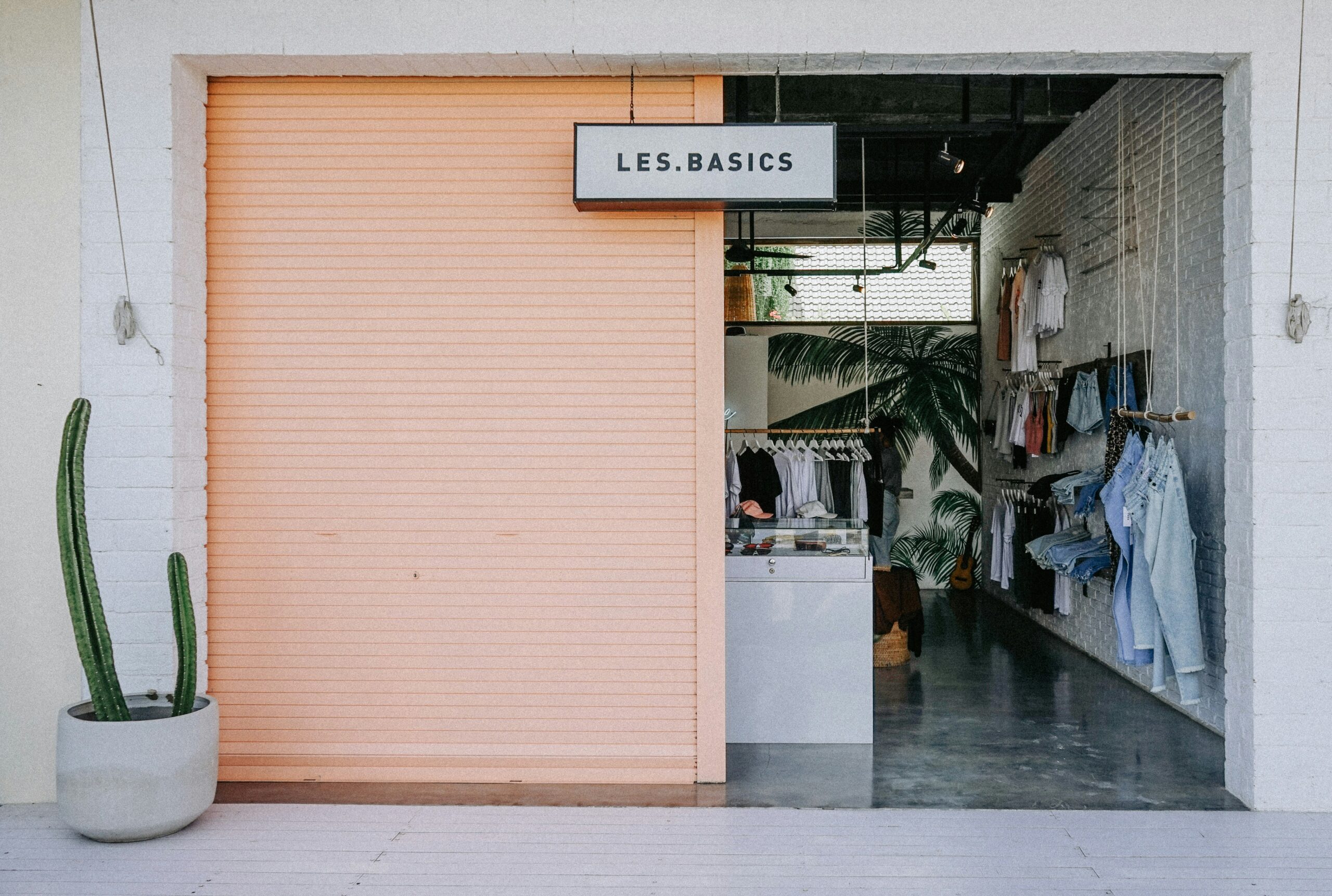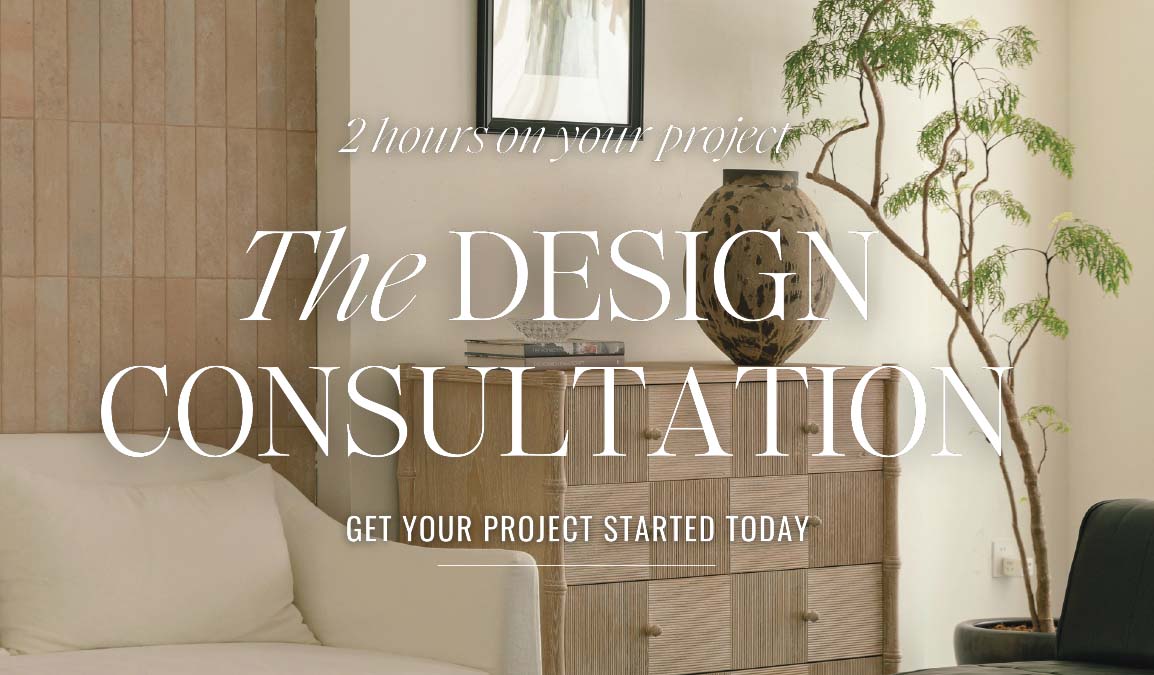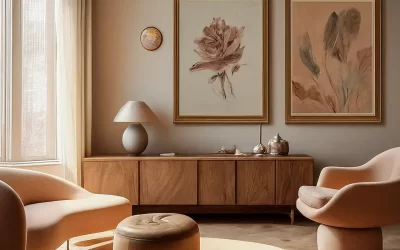Design that makes every square foot go further—for your brand and your bottom line.
Why Great Design Matters in Small Retail
Small retail environments come with unique challenges: limited display space, tight customer flow, and compact storage areas. Yet with strategic design, even the tiniest footprint can deliver elevated aesthetic impact and stronger sales.

1. Understand Customer Flow & Product Placement
How shoppers move through your store informs everything—from impulse buys to dwell time:
-
High-margin items near the entrance encourage immediate interest.
-
Focal display zones draw customers inward and highlight bestsellers.
-
A thoughtful layout—whether grid, loop, or free-flow—guides browsing organically.
2. Maximize Visual Appeal with Lighting & Color
Creating an inviting, spacious feel begins with:
-
Layered lighting (ambient, task, accent) and LED solutions for deep impact.
-
Light neutral palettes with rich accent tones to suggest openness and personality.
-
Mirrors, sculptural fixtures, and flexible shelving that bring balance and visual depth.
3. Use Creative Storage & Vertical Design
Vertical space is your ally:
-
Install wall-mounted shelving or hanging racks to free up floor traffic.
-
Modular fixtures, multipurpose furniture, and hidden storage keep space versatile and clutter-free.
4. Choose Multifunctional Furniture & Fixtures
Each piece should serve more than one purpose:
-
Display furniture that doubles as storage.
-
Seating that also stores inventory.
-
Fixtures that adapt to seasonal or product changes.
5. Establish a Welcoming Decompression Zone
Your store entry is more than an entrance—it’s the moment your visitor decides whether to linger:
-
Keep clutter minimal.
-
Use lighting, sensory cues, and open sightlines to invite calm and presence.
6. Incorporate Smart Tech for Better Experiences
Even small shops can deliver high-tech retail:
-
Touchscreens for virtual product demos.
-
Mobile checkout for faster service.
-
Lighting or beacon technology that highlights displays or triggers promos.
Summary: Creating impactful retail spaces
To create impactful retail spaces, you can utilize innovative design strategies that maximize the potential of small areas. By incorporating clever layout and display solutions, you can make the most of limited space, attract customers, and enhance the shopping experience. Make use of lighting, creative shelving, and versatile furniture to create a visually appealing and functional retail environment that enhances the shopper’s experience.
Effective visual merchandising also plays a crucial role in displaying products for sale in a way that highlights key items and entices customers to make purchases. Using a power wall to showcase key products or promotions can draw attention and enhance sales. Paying attention to details and incorporating a cohesive retail design theme throughout the store can leave a lasting impression on shoppers and contribute to long-term success.
SOMETHING FOR EVERYONE
THE PIECES RACHEL RETURNS TO, AGAIN AND AGAIN




